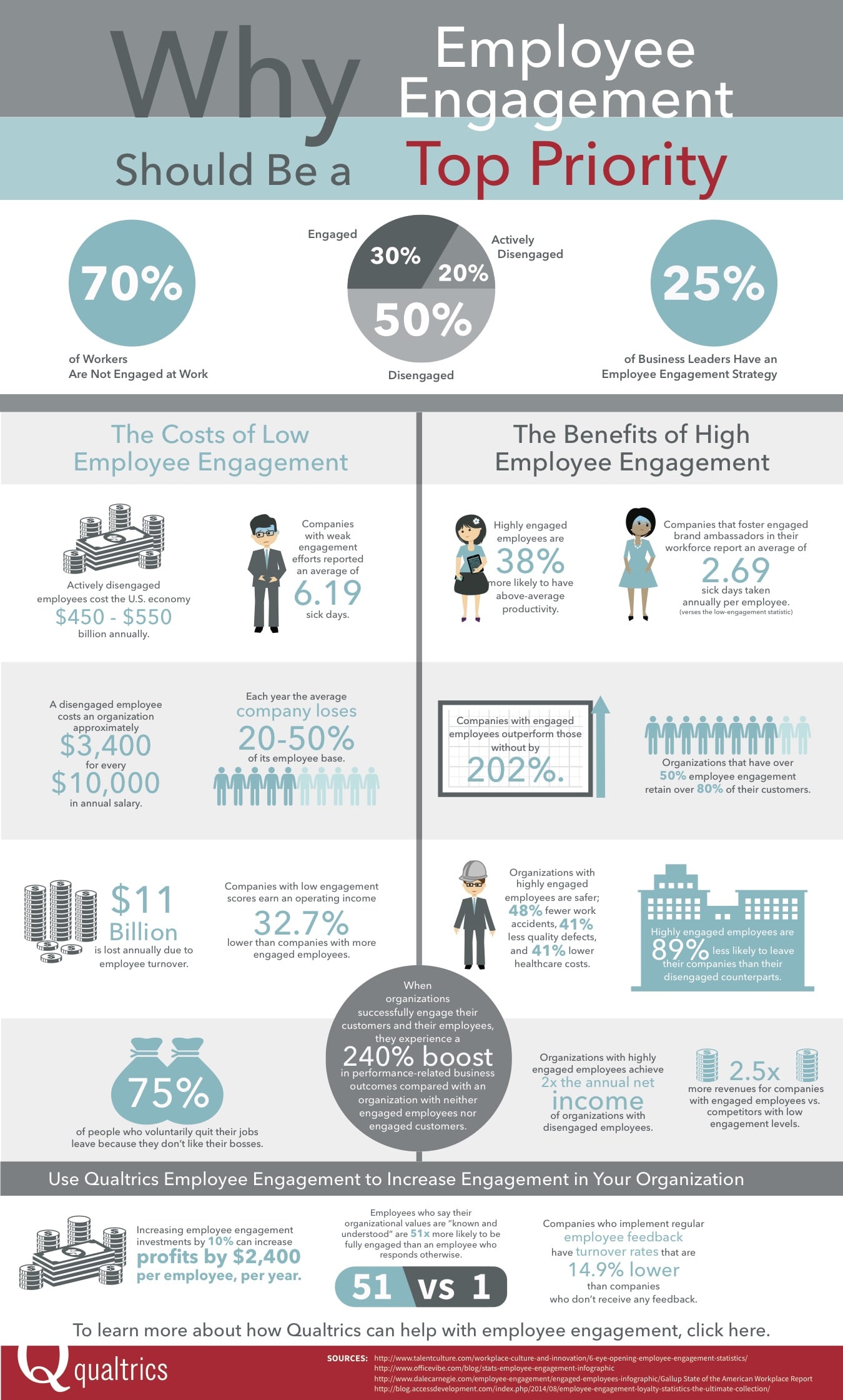
One of our goals at MentorLoft is to help you learn and become a highly valued employee at work. This is a critical step on your career path.
If you and I were talking over coffee, I’d ask what you think it means to be a “highly valued employee.” And why you should want to be one.
I’d listen to your input, and we’d discuss the topic. But since we’re not having coffee, let me help you out here.
My definition of a “highly valued employee” is an employee who is
Those are pretty broad concepts. In the links further down in this blog you’ll find more specifics about what it means to be a highly valued employee. Before you go there, let’s take a look at one area you may not have thought about. Thinking along these lines will definitely help your career progression.
What do you do at work? Do you know how what you do—every day—impacts your company’s business and success? A highly valued employee knows the answer to that question. For this discussion, we’re also going to use the term “engaged employee” because that is the term researchers use.
Most of us view our work only through our own lens. We know what we do. We may even know who will be impacted if we don’t do our job well. But beyond that?
In business, this is referred to as “line of sight.” Watson Wyatt, an international consulting firm, (now Willis Towers Watson) discovered that when employees have line of sight—an understanding of how their job fits in with the company’s strategic direction—financial returns are four times higher than otherwise. (2005-2006 Communications ROI study, not found online)
If you know how you fit into the whole company picture, your company will make more money. This also makes you a highly valuable employee or engaged employee, in business lingo. Employers value engaged employees.
Here’s an example of what happens when employees don’t have line of sight. I was astounded at this exchange at a management meeting at a pharmaceutical company. We had all the division leaders in the room, focusing on how to improve companywide communications.
The Research and Development director said, “Without R&D, you have no product to sell. We are the most important group in the company.”
The Sales and Marketing director, like everyone else, was stunned. “Well, without Sales and Marketing, your product is worthless.”
These people were heading up major divisions within a pharma company. If they can’t see how they have to work together, how are their rank-and-file employees supposed to?
As we just saw, most employees only know their small piece of the business. They don’t understand that doing business is a long process, and they are one little point in the process.
Let’s use the alphabet as a simple example. As everyone knows, there are 26 letters that go from A to Z. Say your name begins with S. Then for you, S is the focus of your alphabet. As S, you don’t focus on the other 25 letters. If your name begins with C, C is your focus. As C, you don’t pay much attention to the other 25 letters.
Staff in any business usually only understand their individual role in the business cycle. Business development (BD) folks don’t focus on the fact that project managers need to deliver on the promises the BD people make. The project managers don’t focus on the BD folks’ need to get repeat business with their clients, even if that means taking clients to ball games or playing golf.
What does a company need to do to create engaged employees? The leaders need to educate all employees on the entire business process, from making cold calls, to getting the work done on time, to getting paid on time, to doing repeat work for each client. It doesn’t have to be in great detail, just an overview. It needs to cover the 26 letters of the alphabet.
One firm put together a timeline of the entire process and added names to key points in the process to give staff a better understanding of who the players were and where they functioned in the process. This helped those people become engaged employees–also known as highly valued employees.
If you don’t know where you fit into your company’s whole picture, talk to your boss about it.
Hi, [boss’s name],
I have been reading some interesting articles on engaged employees. Are you aware that studies have found that companies whose employees are engaged make X times more money than their competition? I’ve included links to two articles below.
Can we schedule time for you and I to talk about where I fit in with the company and how I can become an engaged employee? I really enjoy working here and would like to do all I can to help the company succeed.
[Your name]
Employee Engagement: What It Is and Why You Need ItMajority of U.S. Employees Not Engaged Despite Gains in 2014
The more employees know, the more profitable the company will be. Employee engagement is good for everybody.
It’s hard to find one set of traits that defines what a highly valued employee is. Because of that, I’m sharing two articles that should help you think about what you need to do or be.
“Most people don’t want to get cocky. That’s why it can be difficult to identify yourself as a standout worker.
“Of course, you don’t want to be arrogant, but it’s also important to know your worth. Requesting feedback is a good idea, but, depending on your circumstances and your boss’ managerial style, this can sometimes be difficult to do.
“How, then, can you tell if you’re just doing OK, or killing it at work?
“Here are 11 subtle signs that you’re actually an exemplary employee:”
From columnist Bill Murphy Jr. at Inc.:
“Think about the best boss you’ve ever had. Now, think about the kind of employee that boss valued most.
Regardless of who that employee was, I think I can probably describe him or her. That’s because the most valued employees have a lot in common, regardless of their jobs or the companies they work for.
Here are 20 of the key things they do almost every day.”

New managers: Read this piece by Marcel Schwantes on questions to ask your top employees so they don’t quit. Schwantes sets the stage with this data from Gallup.
“Gallup has been measuring engagement data for nearly two decades now, and the numbers remain dismal. In an opinion piece released last month, Gallup CEO Jim Clifton said this:
Only 15% of the world’s one billion full-time workers are engaged at work. It is significantly better in the U.S., at around 30% engaged, but this still means that roughly 70% of American workers aren’t engaged. It would change the world if we did better. What the whole world wants is a good job, and we are failing to deliver it — particularly to millennials. This means human development is failing, too. Most millennials are coming to work with great enthusiasm, but the old management practices — forms, gaps and annual reviews — grinds the life out of them.
Check it out here.
Doug Conant, former president and CEO of the Campbell Soup Company, explains how to improve staff morale in this video from Harvard Business Review. I would like to work for this executive. Be sure to hear his story about the hand-written notes he sends.
https://hbr.org/video/2226732082001/get-your-employees-engaged
Employee Engagement: What It Is and Why You Need It
Majority of U.S. Employees Not Engaged Despite Gains in 2014
Portions of this post were published on October 30/2015. I’ve updated that post with new tips and more information.
© Pamela A. Scott, 2017 MentorLoft